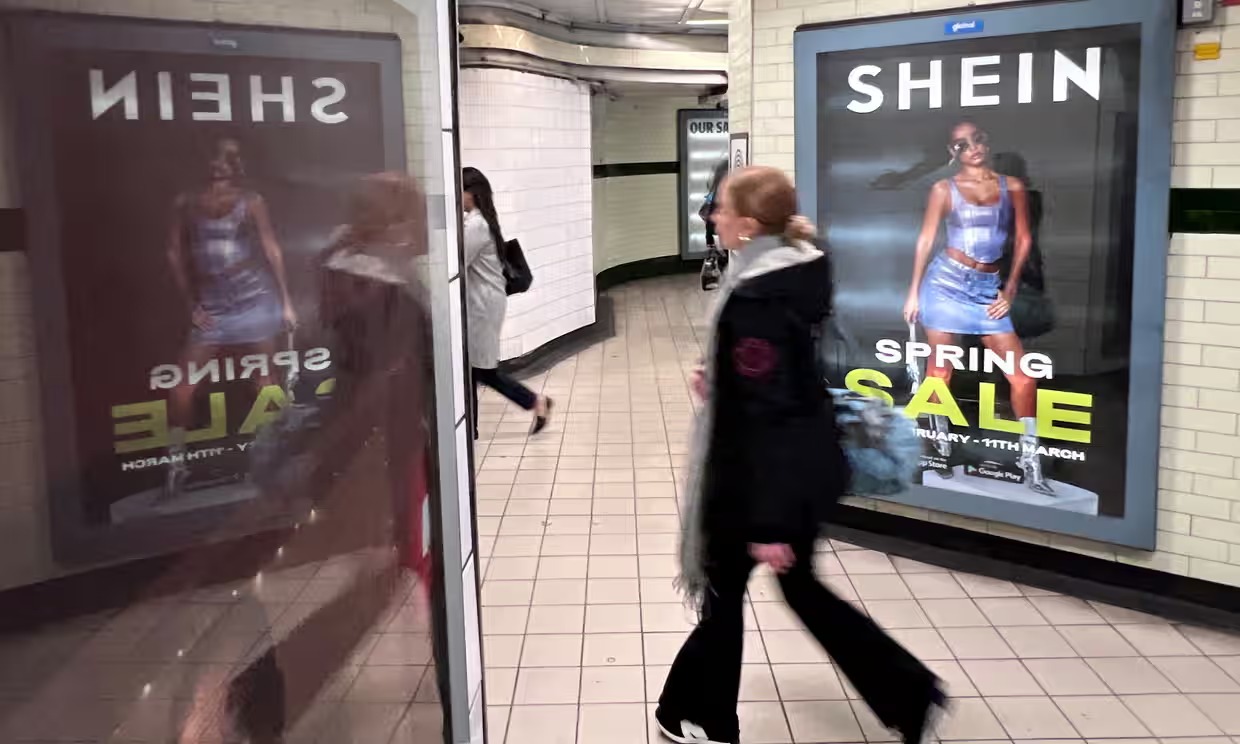Shein, the ultra-fast fashion juggernaut, has taken the world by storm. With viral TikToks, endless outfit hauls, and price tags that look too good to be true, it’s become the go-to brand for millions. But behind its billion-dollar empire lies a dark reality—one woven from labor violations, ethical scandals, and human rights concerns that continue to pile up as quickly as their inventory.
In 2024 and again in early 2025, Shein was forced to admit what many had long suspected: the use of child labor in its supply chain. As part of a global audit initiative, the company uncovered at least two cases where underage workers were found in factories producing garments for the brand. The revelation was part of a broader strategy by Shein to clean up its image ahead of a rumored £50 billion IPO in the UK. But for critics, it was too little, too late—and far from the full picture.
Multiple investigations have uncovered shocking conditions in Shein’s contracted facilities. Workers reported enduring 75-hour workweeks, often in cramped, poorly ventilated spaces, for wages that barely cover living costs. In many factories, employees are paid per item sewn, creating intense pressure to produce at breakneck speeds. These conditions aren’t just unethical—they’re illegal under Chinese labor laws.
Shein also faces mounting scrutiny over its material sourcing, particularly cotton. The brand has refused to clearly state whether it uses cotton from China’s Xinjiang region, where forced labor of Uyghur minorities has been widely documented. During a 2025 UK parliamentary hearing, Shein’s general counsel evaded questions about the company’s policies on forced labor, fueling suspicions that its supply chain might be linked to human rights abuses.
The fallout has been swift and global. Lawmakers in the U.S., UK, and Europe are calling for investigations. Rights organizations have launched campaigns urging consumers to boycott the brand. And competitors are distancing themselves, eager to avoid being associated with the controversy. Even as Shein pledges reforms and audits, illegal working hours and opaque supply chains persist, highlighting the difficulty of enforcing ethical standards in a breakneck business model built on speed and volume.
Shein’s PR machine continues to present a socially responsible face to the public—pledging sustainability, launching diversity initiatives, and funding charitable projects. But these surface-level efforts struggle to mask the systemic exploitation at the core of its operations. The company’s true cost isn’t in the price tag—it’s in the people, many of them young and vulnerable, working under harsh conditions to keep the fast fashion engine running.
For consumers, this is a wake-up call. That $8 crop top or $12 jacket might come at a higher price than they realize. And for Shein, the question isn’t just whether they can clean up their act—it’s whether their business model allows for it at all.

